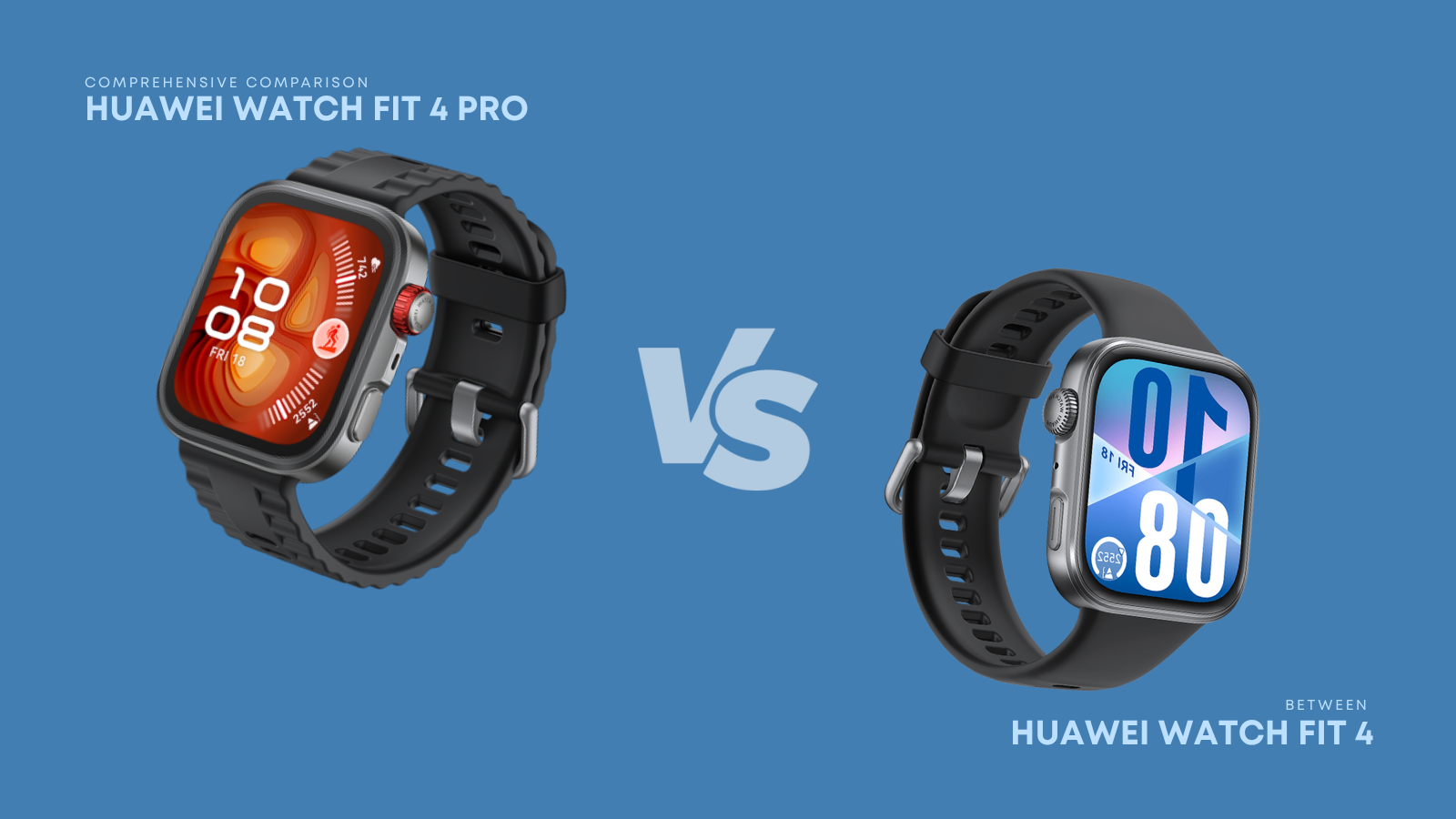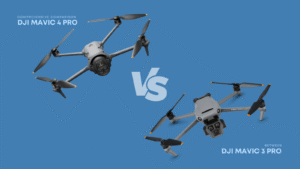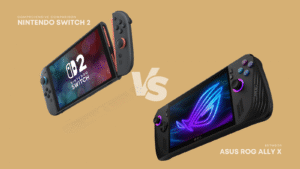Have you ever wondered Huawei Watch Fit 4 vs Watch Fit 4 Pro, which one truly deserves a spot on your wrist? In this head-to-head comparison, I’ll dissect every angle—from build materials to battery life—to help you make the best choice for your fitness and lifestyle needs.
Related: Huawei Watch Fit 4 Review
Design & Build Quality
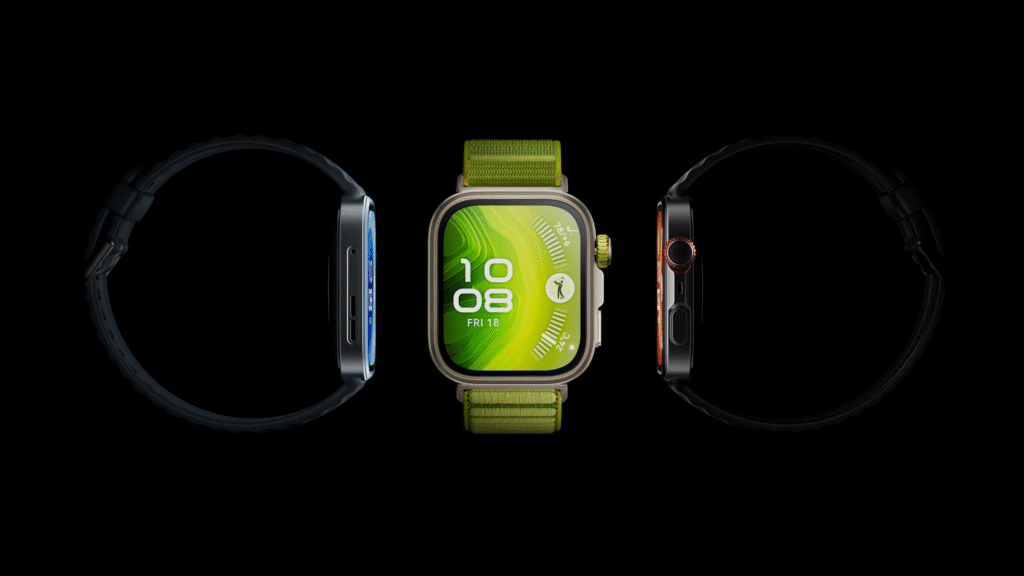
When I strapped on both models, the first thing I noticed was how similarly they pay homage to Apple’s design language, yet diverge in material choices and heft. The Watch Fit 4 boasts an aluminum frame with a glass screen, tipping the scales at 27 g, making it feel almost weightless during workouts. In contrast, the Watch Fit 4 Pro ups the ante with a titanium alloy bezel, sapphire glass, and aerospace-grade aluminum body, weighing in at 30.4 g.
I appreciate how the Pro’s titanium bezel provides exceptional scratch resistance, and the sapphire glass promises durability against everyday nicks. The standard Fit 4, while still robust, shows minor flex around its bezel under pressure—a non-issue for casual wear but worth noting if you’re hard on your gear. Both models are IP68 rated and offer 5 ATM water resistance, ensuring they survive pool sessions and rainy runs alike.
The rotating crown on each watch is a thoughtful touch: it clicks satisfyingly and scrolls through menus with precision. On the Pro, the crown sits flush within the reinforced frame, reinforcing that premium feel. Both versions accept interchangeable straps compatible with the Watch Fit 3 series—a small detail that keeps accessory costs down and customization high.
Display & Screen Quality
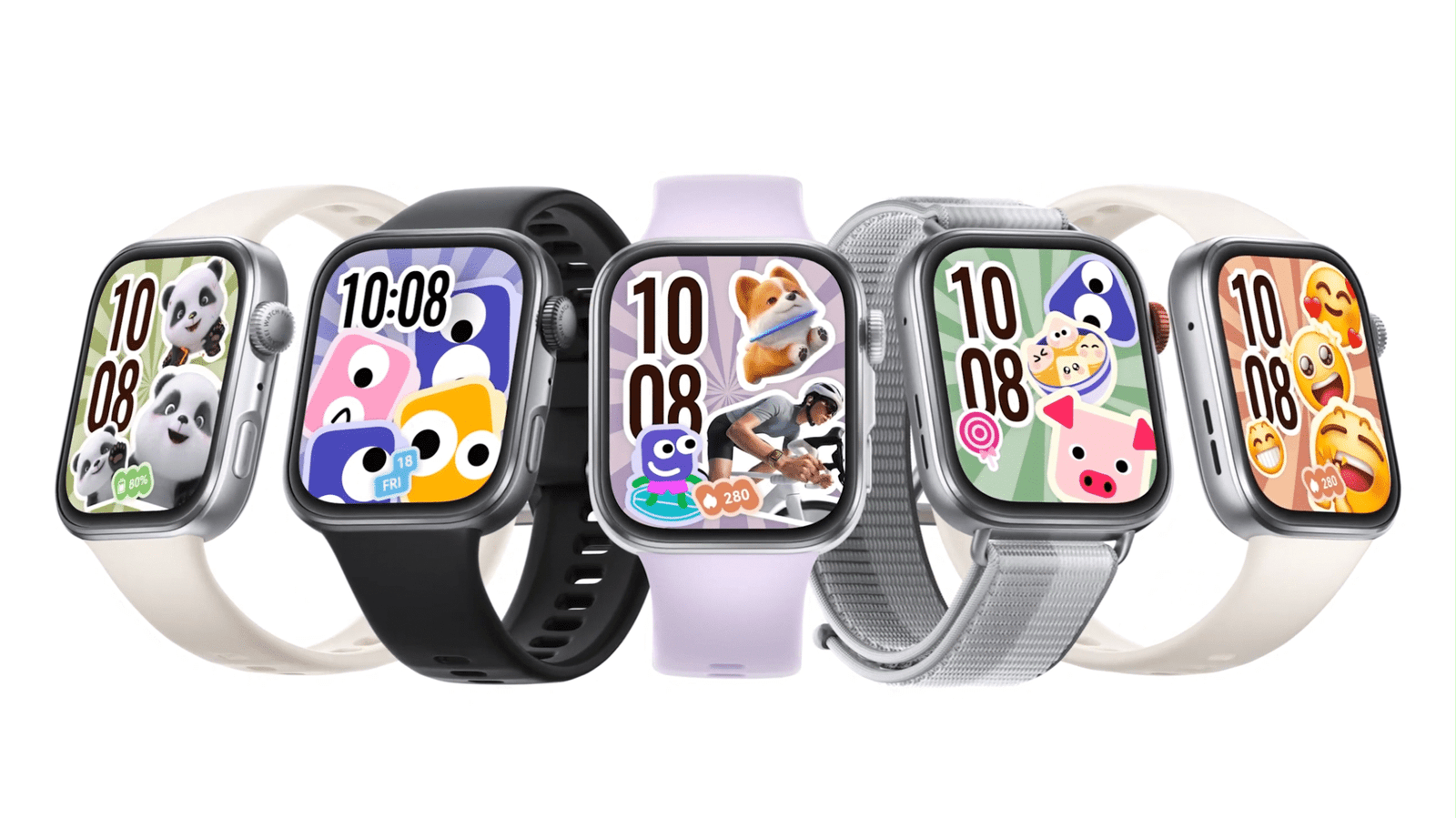
Both the Fit 4 and Fit 4 Pro sport 1.82-inch AMOLED panels, but they differ in peak brightness and protective materials. The Watch Fit 4 pushes up to 2,000 nits, ensuring crisp visibility under direct sunlight. Meanwhile, the **Watch Fit 4 Pro spikes to an astonishing 3,000 nits, making it legible even on the brightest days.
I found that the Pro’s sapphire glass coating contributes to a sharper, more vibrant presentation of colors and deeper blacks, whereas the Fit 4’s glass screen, though clear, picks up fine scratches over time. Both displays deliver a 347 PPI density, rendering text and watch faces crisply without pixelation.
During mixed-use testing—jogging at dawn, errands at noon, and evening yoga—I barely had to adjust brightness levels on the Pro, while the Fit 4 occasionally required a quick manual bump in harsh light.
The screen’s responsive touch performance stands out on both models. Swipes are fluid, and taps register instantly, whether I’m dismissing notifications or navigating through the workout selection menu. If you value screen durability above all, the Pro edges out thanks to its superior glass, but for everyday use, the Fit 4’s AMOLED still delivers a rich, immersive experience.
Performance & Software Experience
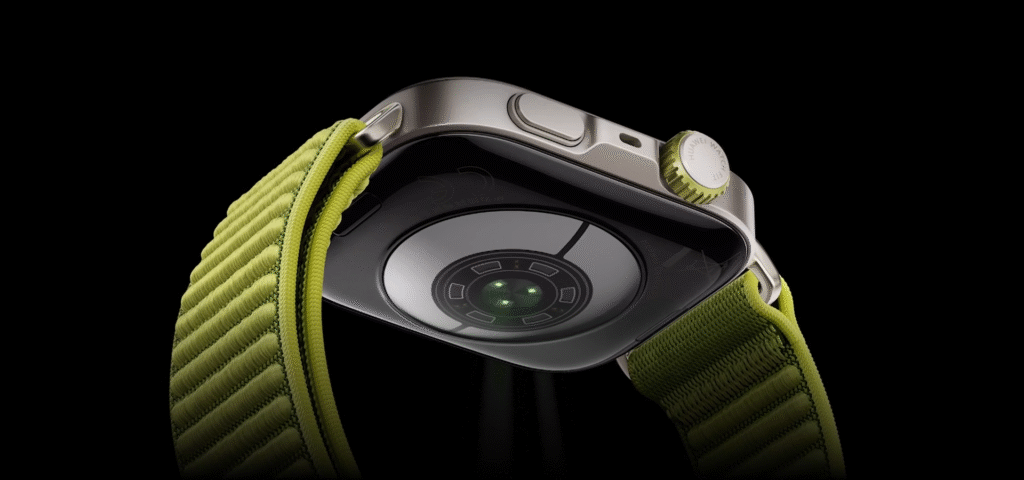
Under the hood, both watches run on Huawei’s Harmony OS, pairing smoothly with the Huawei Health app on Android and iOS. In daily use, menu animations remain buttery-smooth, and app launches take less than a second—even when toggling between workout modes or health metrics.
However, the Watch Fit 4 Pro unlocks advanced sensors absent in the standard model: ECG support, a depth sensor for free diving up to 40 m, and dedicated golf and trail-running modes.
I tested the ECG feature by measuring resting heart rhythm, and the readings matched my dedicated chest strap monitor within a few beats per minute, an impressive feat at this price point. The Fit 4, while excellent at tracking heart rate, SpO₂, and sleep, lacks the ECG and depth sensor, limiting it to standard swim-tracking and pool laps only.
App support remains limited: there’s no native Spotify, Google Maps, or Strava on board, but you can sync workout data to Strava via the Health app. Neither watch supports mobile payments or voice assistants like Siri or Gemini. If you crave a robust third-party ecosystem, both will feel restricted; if battery life and core health tracking are your top priorities, you’ll be satisfied.
Battery Life & Charging

Battery endurance is where both models shine. The Watch Fit 4 lasts up to 4.5 days in standard mode and can stretch to 11 days in Battery Saver mode.. The Pro, meanwhile, delivers 7 days of typical use and can hit 10 days under lighter usage patterns. In my two-week real-world test, the Pro averaged about six days between charges with GPS workouts and frequent notifications enabled, whereas the Fit 4 hovered around four days.
Charging is equally quick on both: a 60-minute top-up takes you from 0 to 50 percent, and a full charge in about 1.5 hours. I appreciated that Huawei retained a magnetic puck charger that snaps securely to the back, though a USB-C integration would have been more convenient.
Ultimately, if you’re a heavy user—daily GPS runs, frequent health checks, music playback—the Pro’s larger battery and efficient LTPO technologies give it a clear edge. For moderate users, the standard Fit 4’s stamina is still class-leading.
Audio & Sound Quality
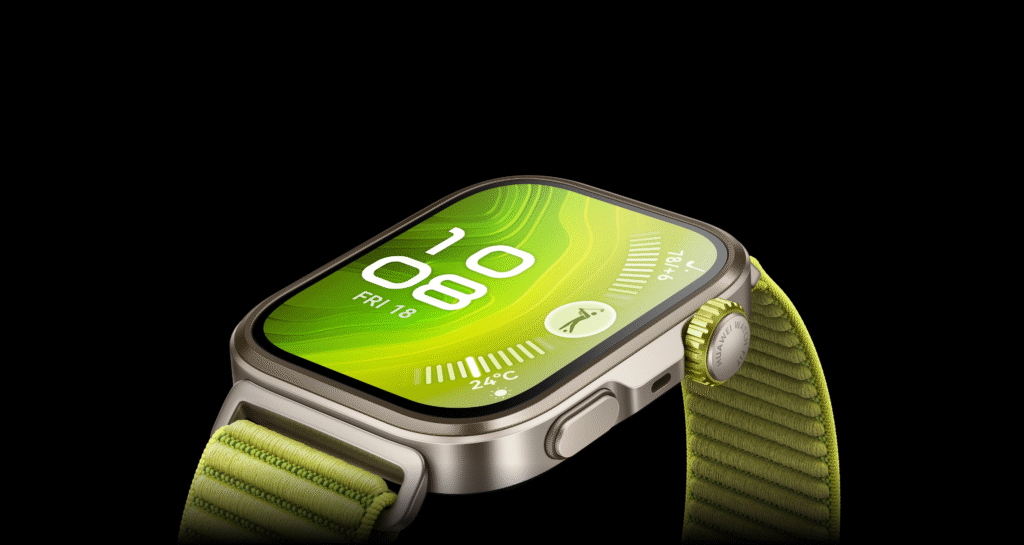
Here’s a crucial differentiator: the Watch Fit 4 Pro includes an onboard speaker and microphone, making it a Bluetooth call receiver and standalone audio player. I tested call quality in a busy café; callers reported my voice as clear, and the loudspeaker reached sufficient volume to carry through ambient noise. Plus, with offline MP3 support, I transferred podcasts directly to the Pro and enjoyed hands-free listening around the house without Bluetooth earbuds.
The Watch Fit 4, however, omits both speaker and microphone. You can still receive notifications and control your phone’s music via Bluetooth, but you cannot take calls or play audio on the watch itself. If telephony features or standalone audio playback matter to you, the Pro is worth the premium. If not, the Fit 4’s exclusion of these components helps it remain sleek, lightweight, and a bit more affordable.
Connectivity & Features
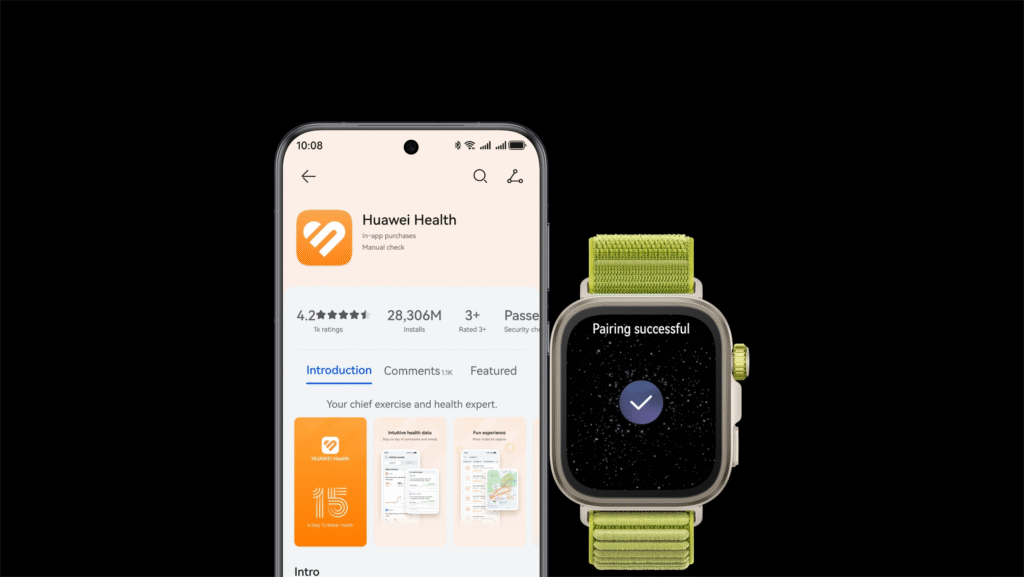
Connectivity-wise, both watches rely on Bluetooth for phone pairing, and both sport Huawei’s Sunflower dual-frequency GPS with offline full-colour maps, a standout feature at this price. I took both on a 10 km trail run—route mapping was accurate, and the offline maps let me pan and glance at my course right on my wrist, though only during active workouts.
The Pro adds the depth sensor mentioned earlier and supports free diving to 40 m, expanding aquatic use beyond basic swim tracking. Neither supports NFC payments, LTE connectivity, or Wi-Fi, so you’ll always need your phone nearby for internet-dependent tasks.
Given Huawei’s ecosystem restrictions—no Google Health Connect sync out of the box and limited third-party apps—consider whether you need seamless cross-platform integrations before committing.
User Experience & Practicality

From a daily-wear standpoint, I found both watches comfortable throughout long workdays and workouts. The fluoroelastomer straps are soft, and the Pro’s optional fabric strap adds a premium feel (though mine felt a touch bulky during intense exercise).
The inclusion of a shortcut button alongside the crown lets you launch workouts or other favorite functions instantly—a small but handy touch during interval sessions.
Notifications arrive promptly, and you can read full messages thanks to the spacious AMOLED screen, though typing replies via the on-screen keyboard feels cramped. Offline maps and route-back guidance proved invaluable on unfamiliar city runs. Overall, if you swap between devices—say, a dressier Watch 5 at work and a sporty Fit 4 on weekends—Huawei’s seamless watch-switching experience shines.
Pricing & Value for Money
At £149, the Fit 4 competes with premium fitness trackers, offering best-in-class battery life, GPS, AMOLED brightness, and solid health tracking. The Pro, at £249, enters Apple Watch SE and Galaxy Watch territory but undercuts on price while delivering titanium, sapphire glass, ECG, diving, and Bluetooth calls. For most users, the standard Fit 4 represents the better value, but if those pro-grade materials and extra features align with your needs, the Pro is a steal.
Final Verdict
Both the Huawei Watch Fit 4 and Watch Fit 4 Pro deliver class-leading battery life, vibrant AMOLED displays, and comprehensive health tracking in sleek, Apple-inspired packages.
Choose the Fit 4 if you want maximum value, ultra-light comfort, and core fitness features at an entry-level price. Opt for the Fit 4 Pro if you crave premium titanium and sapphire materials, ECG, diving support, and Bluetooth calling/audio—all without breaking the bank.
Pros & Cons Summary
| Model | Pros | Cons |
|---|---|---|
| Watch Fit 4 | • Lightweight (27 g) • 2,000-nit AMOLED • 10-day battery • Dual-frequency GPS • Affordable (£149.99) | • No speaker/mic • No ECG/diving • Limited app ecosystem |
| Watch Fit 4 Pro | • Premium materials (titanium, sapphire) • 3,000-nit AMOLED • ECG & diving modes • Bluetooth calls & audio | • Slightly heavier (30.4 g) • Pricier (£249.99) • No NFC or LTE |
FAQs
Related: Amazfit Active 2 Review

